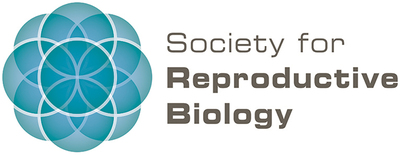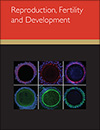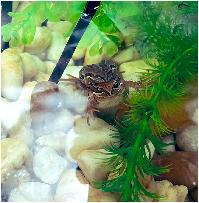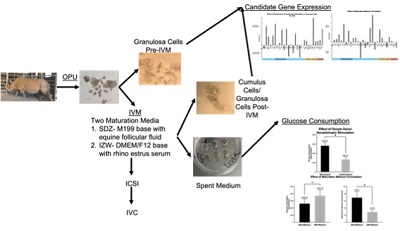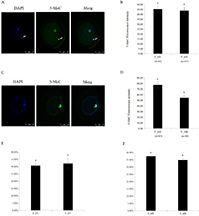Reproduction, Fertility and Development
Volume 34
Number 13 2022
The Society for Reproductive Biology (SRB) is an Australian and New Zealand based organisation that supports basic and applied research across all aspects of reproductive biology. This review highlights the key themes from the annual SRB meeting, which was held virtually in 2021. Topics included novel technologies in reproduction, advances in contraception, non-model species, reproductive ageing and sustaining a pregnancy.
Amphibian biodiversity is rapidly declining and we must improve our ability to captive breed animals. However, artificial reproductive techniques are often species specific and different species require specific protocols. We tested two hormone treatments on sperm induction in an endangered frog and found that only one hormone was successful, and sperm quantity and quality decreased rapidly after treatment. This study represents a useful starting point for developing artificial reproductive techniques for non-model organisms to improve captive breeding strategies.
With only two northern white rhinos left in the world, it is necessary to study oocyte and embryo development in a model subspecies, the southern white rhino. This study evaluated gene expression in the granulosa cells responsible for oocyte maturation, as well as oocyte glucose uptake during in vitro maturation. This information is crucial to optimise in vitro maturation and embryo development for the southern, and ultimately the northern, white rhino.
5-MeC and SC-WGBS were utilised to detect the DNA methylation patterns of vitrified bovine GV oocytes and their in vitro derived MII oocytes. Results showed that the methylation level of the V_GV group was similar to that of the F_GV group, while the methylation level of the V_MII group was significantly lower than that of the F_MII group. Moreover, supplementation of 2 μM Res in IVM medium significantly improved maturation and development ability of vitrified GV oocytes by restoring their DNA methylation levels.
 , Doan Thao Dinh, Caitlin E. Filby, Ella Green
, Doan Thao Dinh, Caitlin E. Filby, Ella Green  , Pierre Hofstee
, Pierre Hofstee  , Taylor Pini
, Taylor Pini  , Nicola Rivers
, Nicola Rivers  , David A. Skerrett-Byrne
, David A. Skerrett-Byrne  , Rukmali Wijayarathna
, Rukmali Wijayarathna  , Yasmyn E. Winstanley, Wei Zhou and Dulama Richani
, Yasmyn E. Winstanley, Wei Zhou and Dulama Richani
